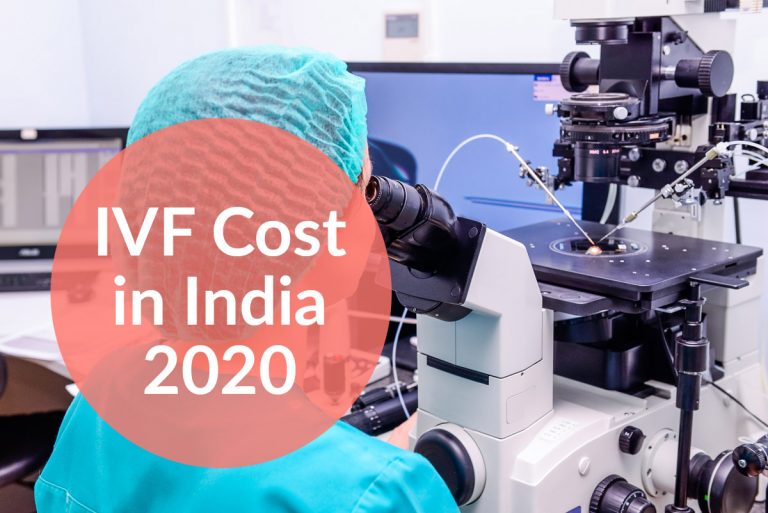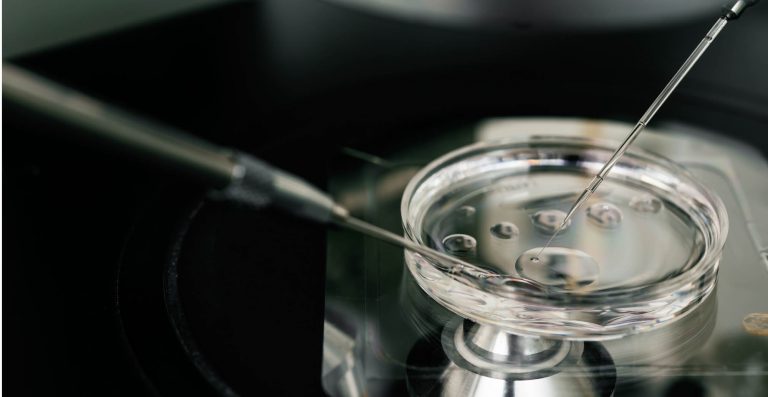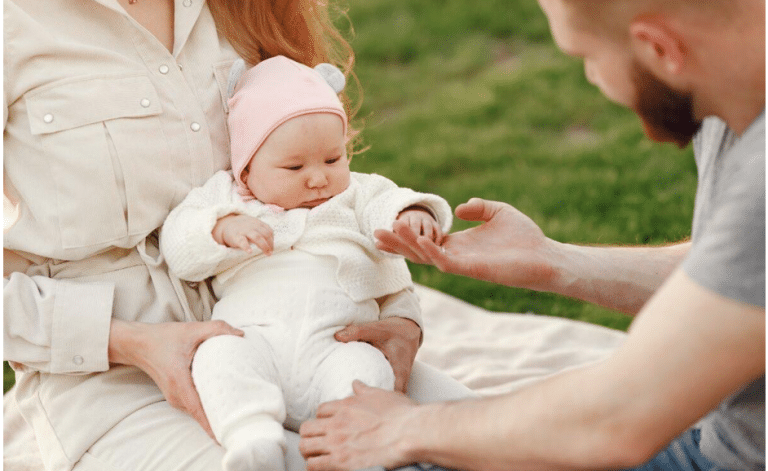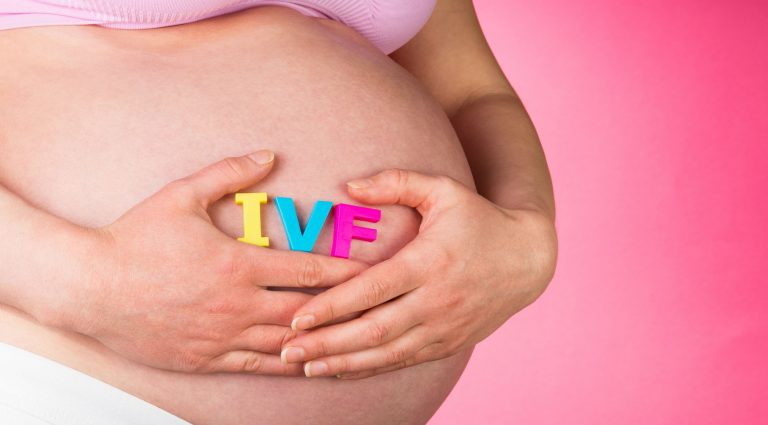Age-related infertility is becoming increasingly prevalent in today’s society, as many women put off motherhood until their 30s for various reasons.
Even while women are healthier and taking better care of themselves than ever before, the normal drop in fertility that comes with aging is not mitigated by better health in later life. It’s critical to realize that a woman’s fertility decreases with age since her ovaries naturally produce fewer eggs as she grows older.
The majority of women may not realize how quickly this drop may occur. Therefore, we are here to talk all about age and how it affects the fertility of a woman. Some fertility centre treat this condition effectively and help women in getting conceiving.
Periods and ovulation:
Girls frequently experience irregular menstrual cycles in their early teens, but by the age of 16, they should achieve normal ovulation, which will result in regular periods. Until a woman is in her late 30s or early 40s, her periods will typically last 26 to 35 days.
At that point, she may start to notice that her cycles are getting shorter. She will start skipping ovulation over time, which can cause missing periods.
Periods eventually start to occur less frequently until they stop altogether. A woman is said to be in menopause when she has gone a full year without having a period.
Because of typical, age-related changes in the ovaries, women’s fertility decreases as they become older.
Women are born with egg-containing follicles in their ovaries, unlike men, who continue to generate sperm throughout their lives. There may be a million follicles present at birth. That number will have decreased to around 300,000 by puberty. However, an average female ovulates around only 300 follicles during the reproductive years.
The majority of follicles are depleted through atresia, a continuous, progressive depletion process rather than ovulation. Atresia is a degenerative process that occurs regardless of whether you are pregnant, have normal menstrual cycles, use birth control, or are undergoing infertility treatment. Smokers appear to experience menopause about 1 year earlier than non-smokers.
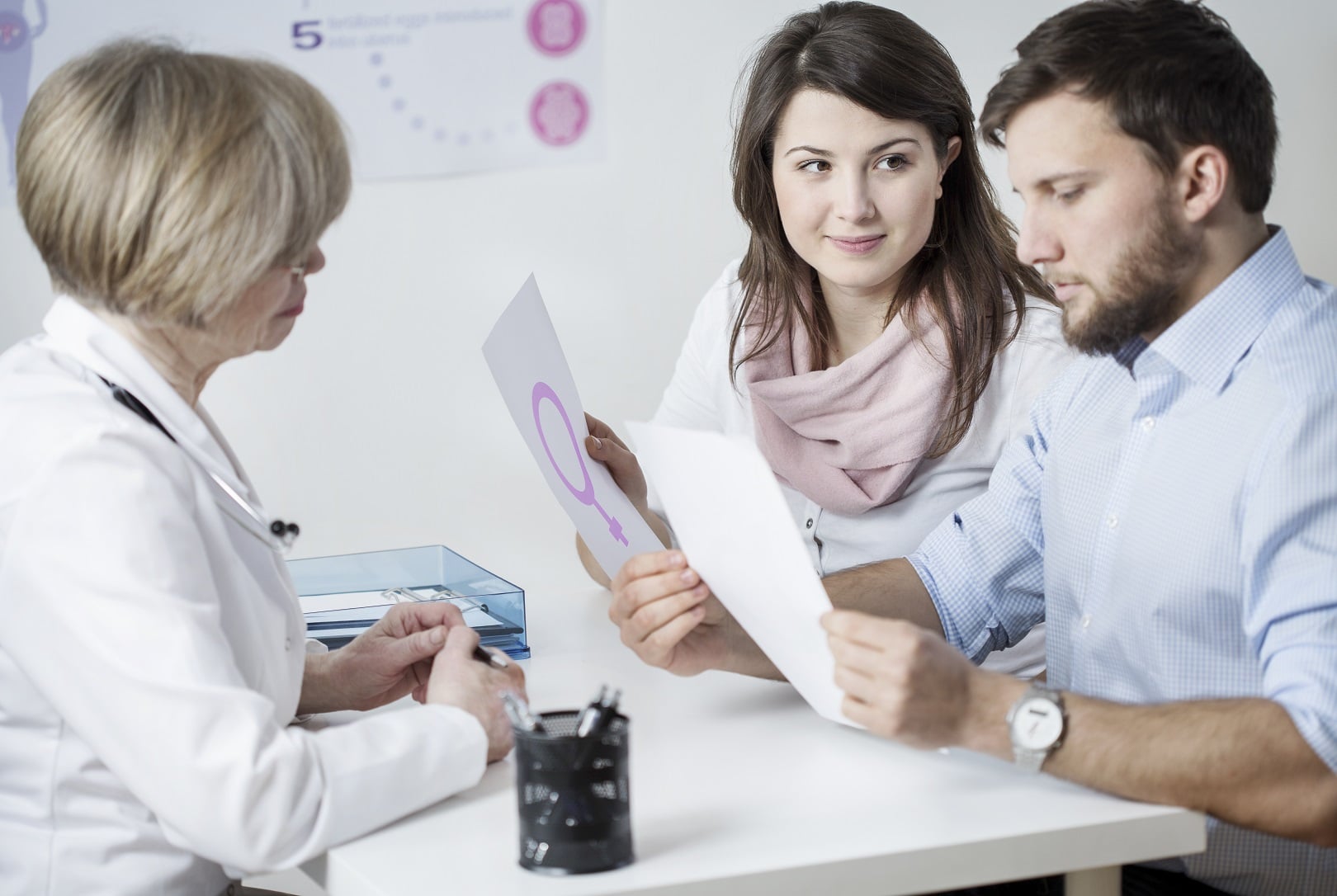
Fertility is affected by age
It is during a woman’s 20s when she is most fertile.
In the 30s, particularly after age 35, fertility gradually decreases. A 30-year-old, fertile woman in good health has a 20% chance of becoming pregnant each month she attempts. Accordingly, 20 out of every 100 fertile women in their 30s who attempt to become pregnant in a single cycle will be successful; the remaining 80 will need to make another attempt.
Less than 5 of every 100 women are anticipated to be successful each month by the time a woman reaches the age of 40, with her likelihood of success being less than 5% per cycle.
Women lose their fertility after menopause. Although menopause typically occurs at age 51, most women start having trouble getting pregnant in their mid-40s. These percentages apply to both naturally occurring and artificially produced conception, including in vitro fertilization (IVF).
The success rates of infertility treatments are influenced by a woman’s age, even though some people may mislead women and their partners into thinking they will be able to undergo fertility treatments like IVF to conceive. Female fertility declines with age because both the amount and quality of eggs steadily decrease.
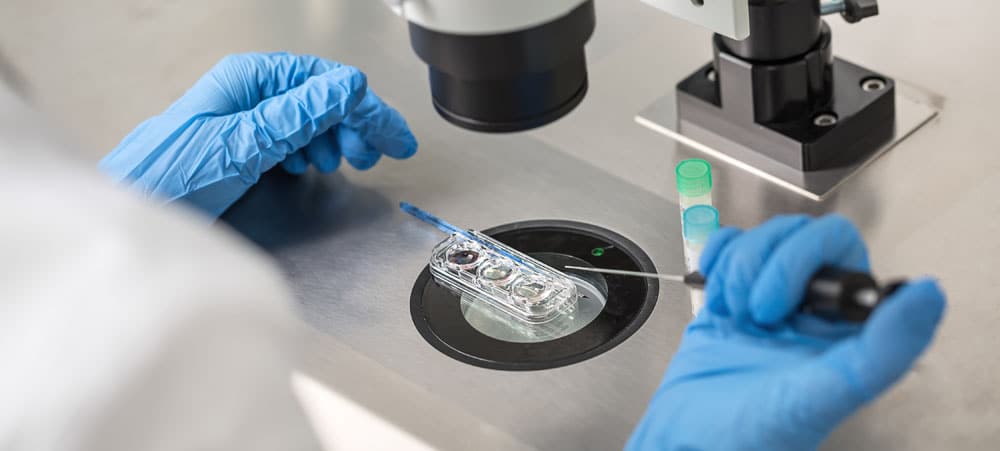
Quality and quantity of eggs
Because egg quality declines as the number of remaining eggs diminish, women become less likely to become pregnant and more likely to miscarry. As she enters her mid-to late-30s, these changes become more apparent. The age of the lady is therefore the most reliable indicator of egg quality. The prevalence of genetic anomalies known as aneuploidy represents a significant decrease in egg quality (too many or too few chromosomes in the egg).
A typical egg should have 23 chromosomes upon fertilization, and when that egg is fertilized by a sperm that has 23 chromosomes as well, the developing embryo should have the appropriate number of 46 chromosomes.
As a woman ages, her eggs become ever more likely to have an abnormally high or low number of chromosomes. It indicates that if fertilization takes place, the embryo will likewise have an imbalance of chromosomes. The disorder known as Down syndrome, which is brought on by an extra copy of chromosome 21, is well-known to most people.
Most embryos that have too many or too few chromosomes fail to develop into pregnancy or miscarry. This explains why older women have a reduced likelihood of getting pregnant and a higher chance of miscarrying.
The phrase “loss of ovarian reserve” refers to the ovaries’ declining number of egg-containing follicles. Before becoming infertile or ceasing to have regular cycles, women start to lose their ovarian reserve. The pool of waiting follicles is steadily depleted because women have all the follicles they will ever have at birth. The follicles become less responsive to FSH stimulation as ovarian reserve decreases, necessitating greater stimulation to cause an egg to develop and ovulate.
At first, cycles may be short—21–25 days apart—because periods may get closer together. Long, irregular cycles eventually develop as the follicles lose the ability to respond adequately enough to reliably ovulate. The natural loss of eggs and the decline in the average quality of the eggs that are still present are the two main causes of diminished ovarian reserve, which is typically age-related. However, smoking, a family history of early menopause, and prior ovarian surgery may all contribute to young women having a lower ovarian reserve. Even if they do not have any known risk factors, young women may have decreased ovarian reserve.
Conclusion:
Women’s fertility naturally decreases as they age. But in women, both the starting point and the pace of decline vary greatly, always starting well before menopause.
Fertility typically starts to decline in your late 20s or early 30s, and it declines more quickly beyond the age of 35. If a woman decides to wait until she is at least 35 years old to get pregnant, she should learn about the proper screening and medical care while being realistic about her odds of experiencing a successful infertility treatment.
There are various options available to explore even if you are 35+ years of age, you just need to be well-informed and a specialist in the department.
A woman and her partner will be more equipped to choose the right course of action if they are informed about all of their alternatives and conscious of their wants and objectives. GBR Fertility centre helps the couple to experience the journey of motherhood.


